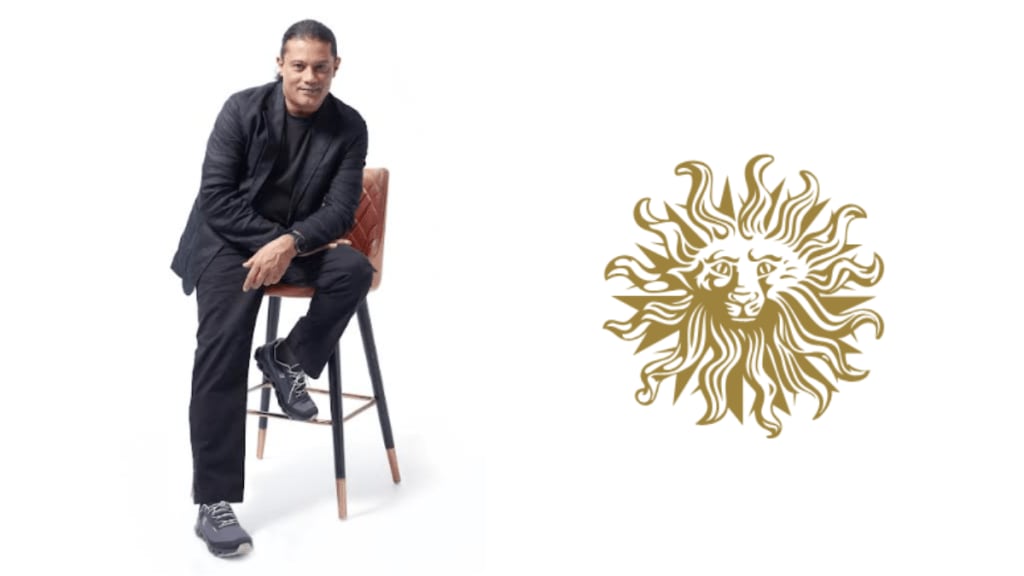At the start of this year, Publicis Groupe brought together Leo Burnett and Publicis Worldwide to form a new ‘creative constellation’ with the formation of Leo. Amitesh Rao, CEO South Asia, Leo, Publicis Health & Publicis Business, talks to Christina Moniz about the transformation and its impact on the agency’s business, and why it has an edge with Gen Z talent. Edited excerpts:
What has changed since the shift from Leo Burnett to the newly rebranded Leo?
This was much more than a rebranding move from an optics perspective. It has helped us work with clients and talent in any part of the world. In the creative business, the degree of transformation is tremendous. But how do you stay at the vanguard of that transformation? With Leo, we have a philosophy, which is HI x AI. Very simply, it means that we bring the best of human intelligence together with the best of tech, data and artificial intelligence. The move basically adds an additional layer of creative and strategic firepower.
How has the transformation helped Leo? Has it made the agency nimble, tech-enabled or helped win more businesses?
Leo’s track record in India and globally has been excellent even before this transformation happened. We are far outstripping the industry growth numbers, growing at least 40-50% faster than other agencies of similar scale across networks. Our agency works with a solution-oriented approach, which helps us win businesses by delivering results in a rapidly transforming marketplace. We have won upwards of 70 clients since January last year, but I don’t believe that the number of new client wins is an indicator of a healthy business.
We have seen agencies often pick up dozens of businesses by pricing themselves at an unsustainable level. While we are seeing a growing volume of project work in the industry over the last couple of years, the biggest brands in India and around the world come on the back of long-term relationships with creative agencies. Some of our client relationships at Leo have been over 20 years old, and often our best work has been with these brands.
How much of your revenue comes from global brands and clients?
I cannot share numbers, but I can say that global business has become a significant growth lever for Leo in India. We’re working with brands in Europe, the Middle East, China, Latin America and other parts of the world in collaboration with Leo talent in different markets. For example, we recently collaborated with PepsiCo globally to announce energy drink Sting’s partnership with Formula1 across 129 countries. This partnership was completely conceptualised and executed by us in India, alongside our teams across various markets.
Given the evolution in ad formats on the back of diverse digital platforms, would you say that the old TV commercial is losing relevance today?
I resist trying to draw these binary divisions between social, digital, TV, OTT, etc. Consumers do not draw these boundaries, so why should marketers and advertising agencies do it? Brands need to create meaning in a consumer’s life and must have storytelling that conveys that meaning. This fact has not changed. What has changed is that brands can do it in a 15-minute film, a six-second advert or a micro drama. Communication may be in a film or in consumer experience on an app. Regardless of the format, it is incumbent upon brands to engage with consumers effectively. At the agency, we do not distinguish between digital-first or mainline. Creative solutions can come from anywhere.
How are you addressing the talent challenge that plagues most ad agencies, especially with technology becoming the centre piece for all manner of businesses?
I actually disagree with this narrative that the industry cannot find the right talent. India has great young talent. The question agencies need to ask themselves is: are they making themselves worthy of that talent? One of the things that I’ve learned from the Gen Z talent in our own agency is that this generation is more purpose-driven than previous generations. While pay, growth prospects and exciting work are all important to them, they want their work to have meaning.
They want to know the company’s vision, values and purpose. The industry often overlooks this when it speaks about 24-year-olds. We have been able to attract and retain talent here by working to share, co-opt and co-create a purpose and a vision that works for everybody. We have a vast cross-section of talent working with us from diverse backgrounds, including lawyers and even dentists! Technology has lifted the door for people from all backgrounds to express creativity. Anyone from anywhere can make a career in creativity today.

